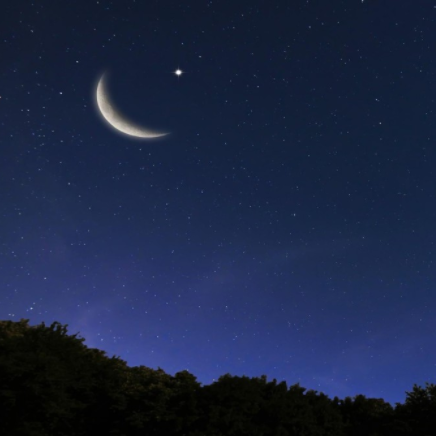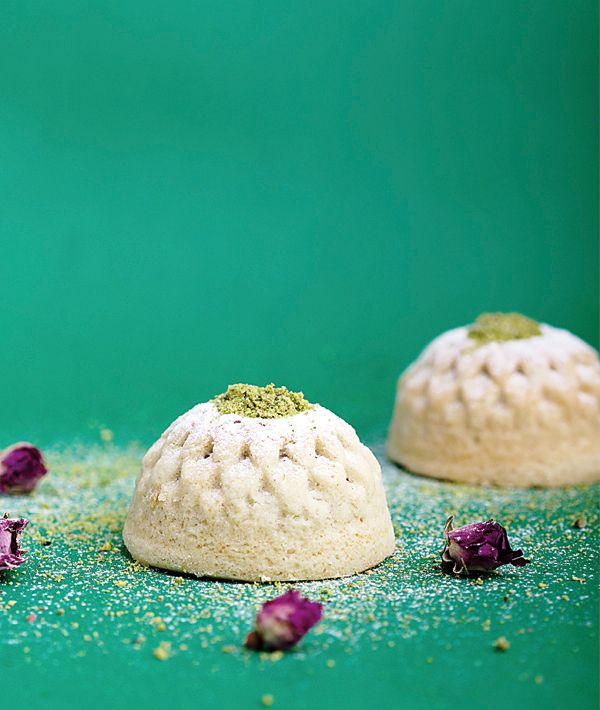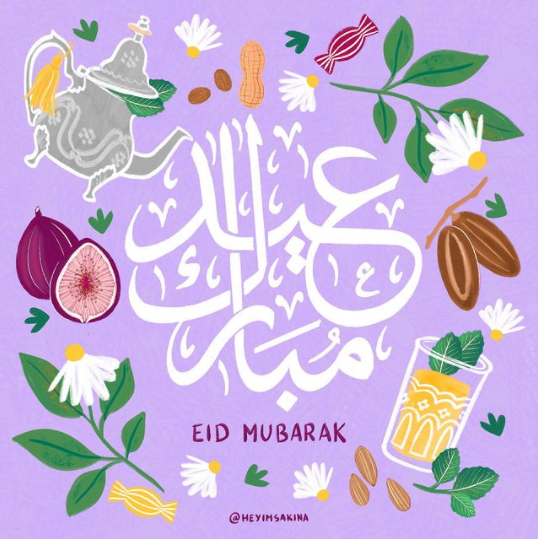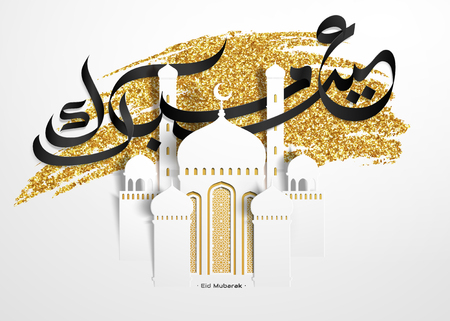With 2 billion Muslims in the world, you probably are friends with at least one! Ever wondered why they celebrate Eid twice a year, what it means and what you should be wishing them? Here is what you should know.
Eyes on the moon
Muslims celebrate two different Eid festivals throughout the year: Eid al-Fitr and Eid al-Adha. In many countries with large Muslim populations, they are national holidays.
Islam follows the lunar Hijri calendar, in which dates are calculated based on the lunar phases. Because the 12-month lunar year is approximately 11 days shorter than the solar Gregorian calendar (the 365-day calendar used in the Western world), Islamic months and celebrations will take place at different times year after year.
Within Islam there is debate over when each Eid begins: muslims in most countries rely on news of an official sighting of the new Moon, some follow a set lunar calendar, others use astronomical observations.

@ topstories247.com
For instance:
– In Saudi Arabia, where most Muslims are Sunni, authorities announce it depending on testimonies of members of the public who observe the Moon by sight
– Iran, with a large majority of Shia Muslims, abides by a government announcement
– Iraq uses a mix of the former two: Shia and Sunni follow their own clerics respectively
– Turkey, a secular country, uses astronomical calculations.
In any case, following the lunar calendar allows all Muslims to celebrate Eid and Ramadan in a variety of seasons, year after year!
Eid al-Fitr
When? It is a 2- to 3-day celebration that takes place at the end of the holy month of Ramadan – the month of fasting, on the first day of Shawwal, the 10th month of the Islamic calendar.
What? It translates to festival of breaking the fast and is also known as the “Lesser Eid”.
How? While customs vary from country to country, it is an occasion for special prayers, family & friends visits, wearing one’s best clothes, gift-giving and charity.

Ma’amool. @ tasteandflavors.com
People will go to the mosque to perform special morning prayers, thanking God for their blessings. They are encouraged to forgive and seek forgiveness. It is a sugar feast, with many home-made desserts: ma’mool (Levant), baklava (Turkey), shir khurma (Pakistan), lapis legit (Indonesia), … Family and friends exchange gifts (“eidi” or “eidia”), especially children. They traditionally consist of money but can also include jewellery and clothing. Last but not least, a big part of Eid is giving money to charity so poor people can celebrate too.
Eid al-Adha
When? It takes place following the annual Hajj pilgrimage on the 10th day of Dhu al-Hijjah, the 12th month of the Islamic lunar calendar. The day of celebration is determined by the sighting of a new crescent moon at night. It usually lasts 2 to 4 days.
What? Also known as known as “Greater Eid”, it translates to festival of sacrifice. It honours the prophet Abraham’s (Ibrahim) faithfulness to God (Allah) after being asked to sacrifice his favourite son as an act of obedience. God later intervened and substituted a lamb instead. This story as depicted in the Quran has similarities with the Bible, though according to most Muslims, Abraham is asked by God to sacrifice his first-born son Ishmael, not Isaac.
How is it celebrated? In the same way as Eid al-fitr, with the additional tradition of qurbani, the slaughtering of an animal, generally a sheep or a goat, but also a cow, a camel or a bull. Its meat is then shared with family and friends, with one third donated to people in need.
They are very special times and they should be acknowledged: so now, you can step up and wish your friends “Eid Mubarak” or “Eid sa’id”, meaning “blessed/happy Eid”!

@ heyimsakina
Sources & resources https://www.bbc.co.uk/bitesize/topics/zyb4q6f/articles/zgpwkty https://www.bbc.com/news/explainers-40394103 https://www.bbc.co.uk/bitesize/articles/z4cmkmn https://www.history.com/topics/holidays/eid-al-fitr https://www.muslimaid.org/media-centre/blog/what-is-eid-ul-adha/

